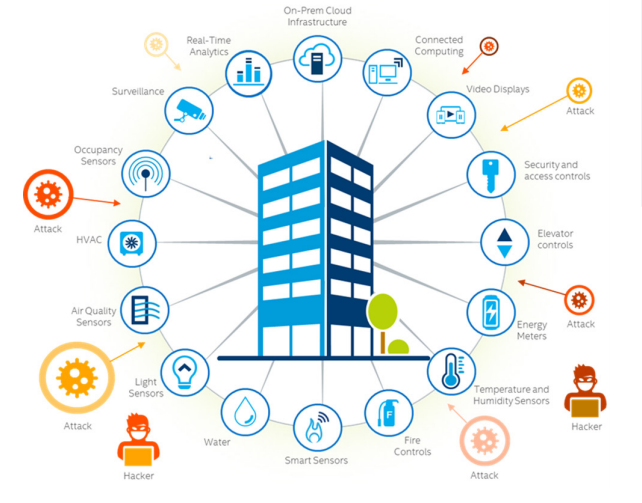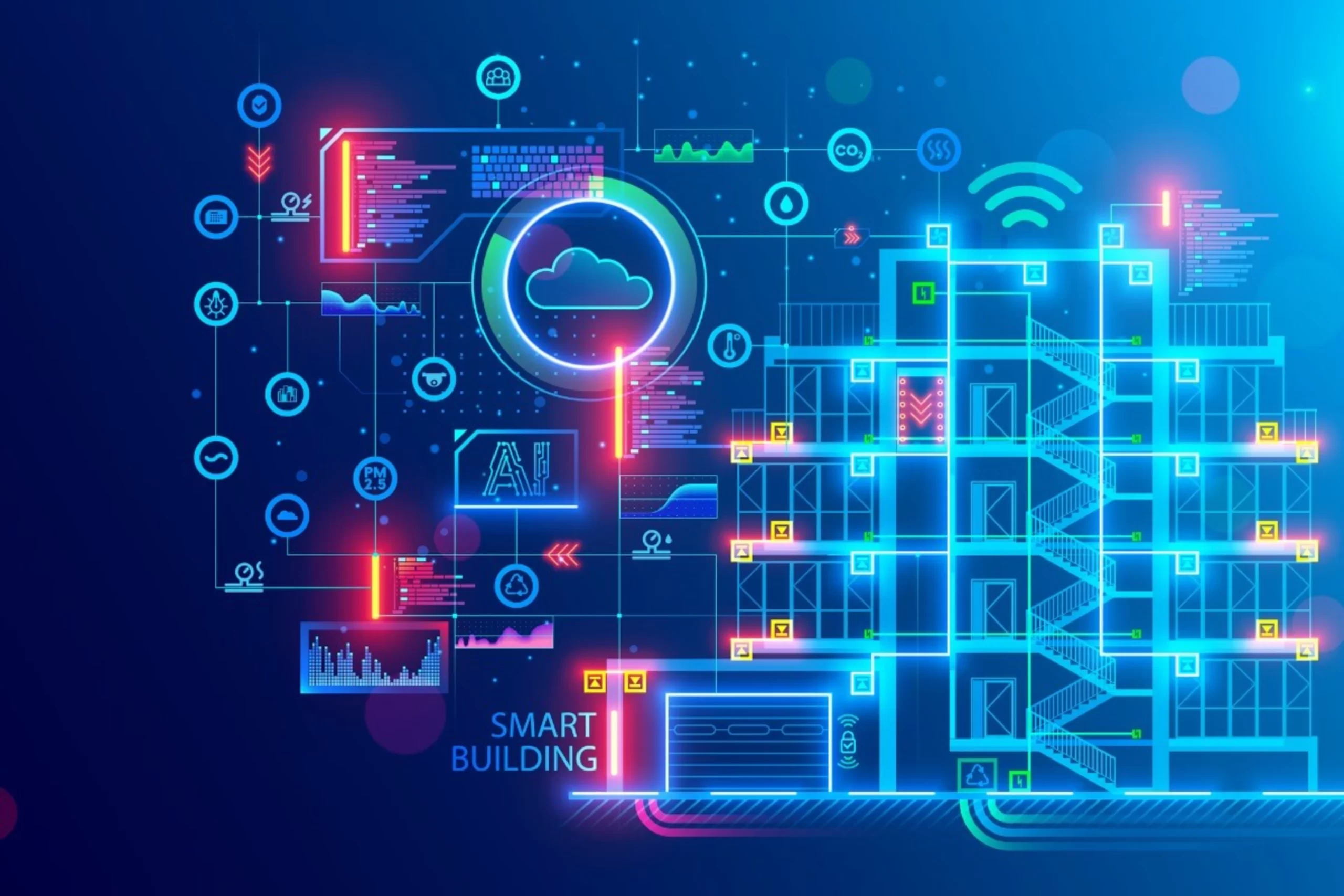Juniper Research estimates more than 115 million buildings will deploy smart building technologies by 2026, an increase of over 2.5X from 2022.
Smart building technology has revolutionized the way buildings are managed, providing greater control and efficiency over critical systems such as heating, ventilation, air conditioning (HVAC), lighting, elevators, life safety, and security. Benefits of deploying smart building technology include operational efficiencies, improving the quality of the working environment, and reducing energy consumption.

With increased control, automation, and connectivity comes the need to protect these devices from cyber threats and attacks. Stand-alone devices such as a room-based occupancy or motion sensors that control lights locally are not at risk since they are generally not connected to a network. However, a security breach in a smart building’s connected systems could have serious consequences. For example, an attacker could manipulate temperature settings, turn on/off fans, make motors run at higher speeds, turn off life safety systems, cause equipment damage, or disable security systems, putting the safety and security of building occupants at risk. Additionally, a breach could compromise sensitive information, disrupt business operations, and result in significant financial losses.
To mitigate these risks, it is essential to secure smart building devices. This involves implementing strong security measures, including but not limited to:
Network security: Solutions such as firewalls help to prevent unauthorized access to a network, and network segmentation helps to limit exposure if a breach occurs.
Software updates: Regular software updates and patches should be applied to address known system vulnerabilities.
Device-level security: Devices should be authenticated to each other using a zero trust framework to ensure that device-to-device communications are permitted, and communication should be encrypted to protect data.
Physical security: Smart building devices should be physically secured and access to them should be restricted to authorized personnel only. This helps to prevent unauthorized physical access and tampering with the devices, which could compromise their security or enable device spoofing.
Processes: Security processes should be documented and audited to make sure they are being followed and how to respond in case of a cybersecurity event. Smart building devices should be integrated into the overall security architecture of the building. This includes ensuring that the devices are part of a comprehensive security plan, which includes incident response procedures, regular security audits, and security awareness training for employees.
Protecting smart building devices is crucial to maintain the confidentiality, integrity, and availability of critical information, and to ensure the overall safety and security of the building and its occupants. By implementing strong security measures and regularly reviewing and updating them, organizations can reduce the risk of security breaches, minimize costs, and maintain the reliability and functionality of smart building systems.
Contact Security ICT to learn more on Protecting Smart Building Technology from Cyber Threats.

